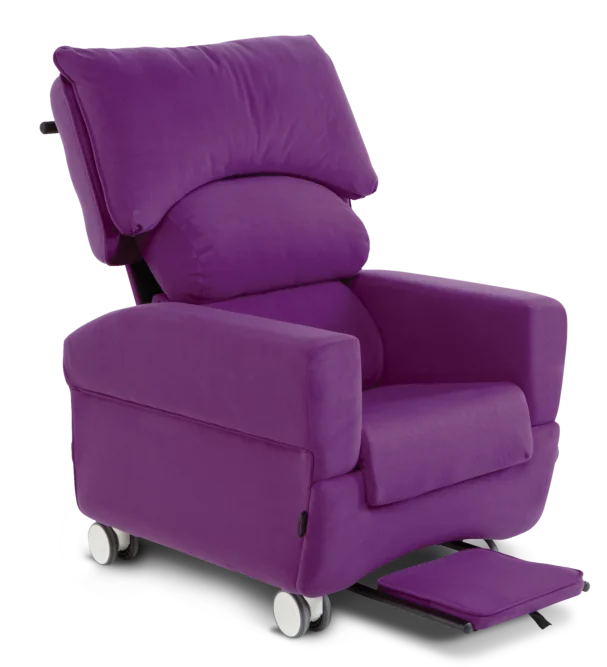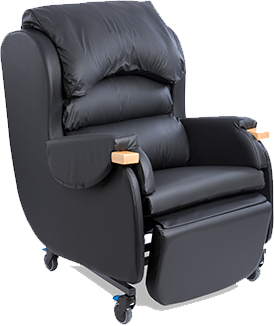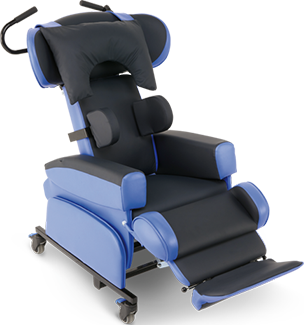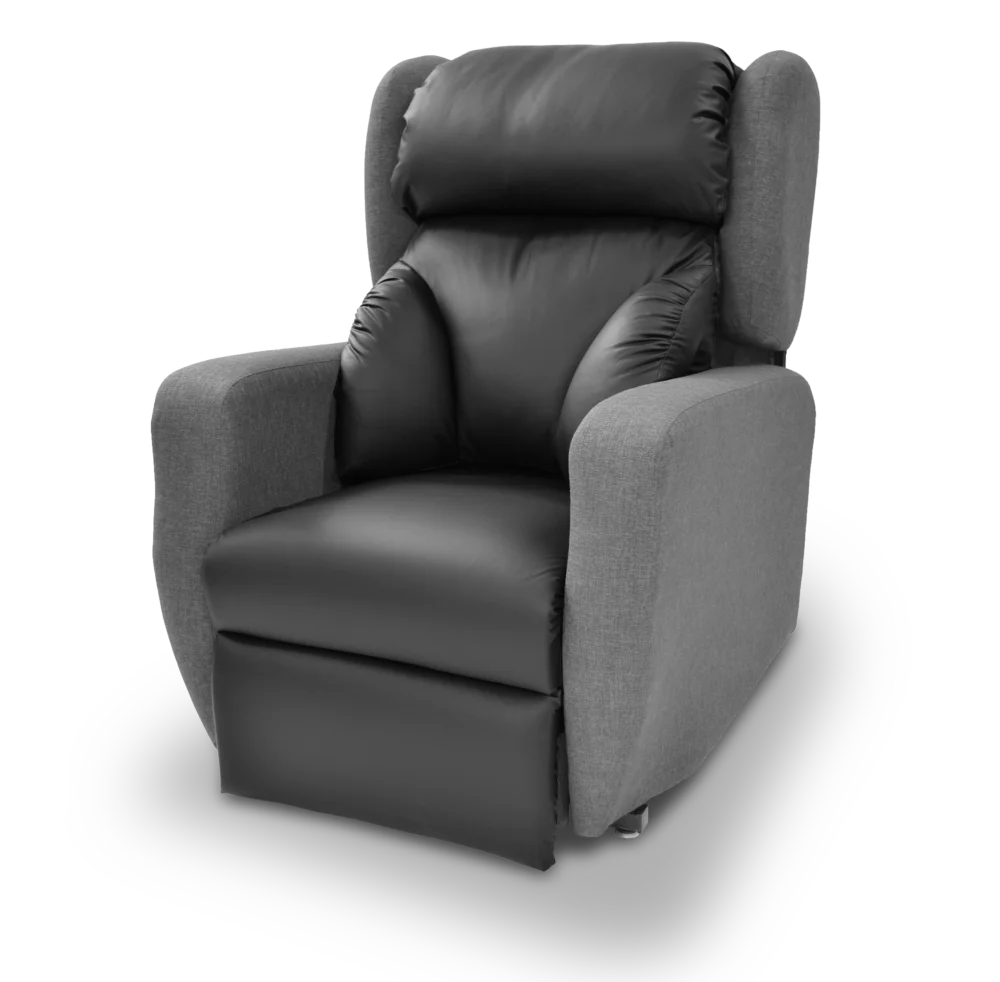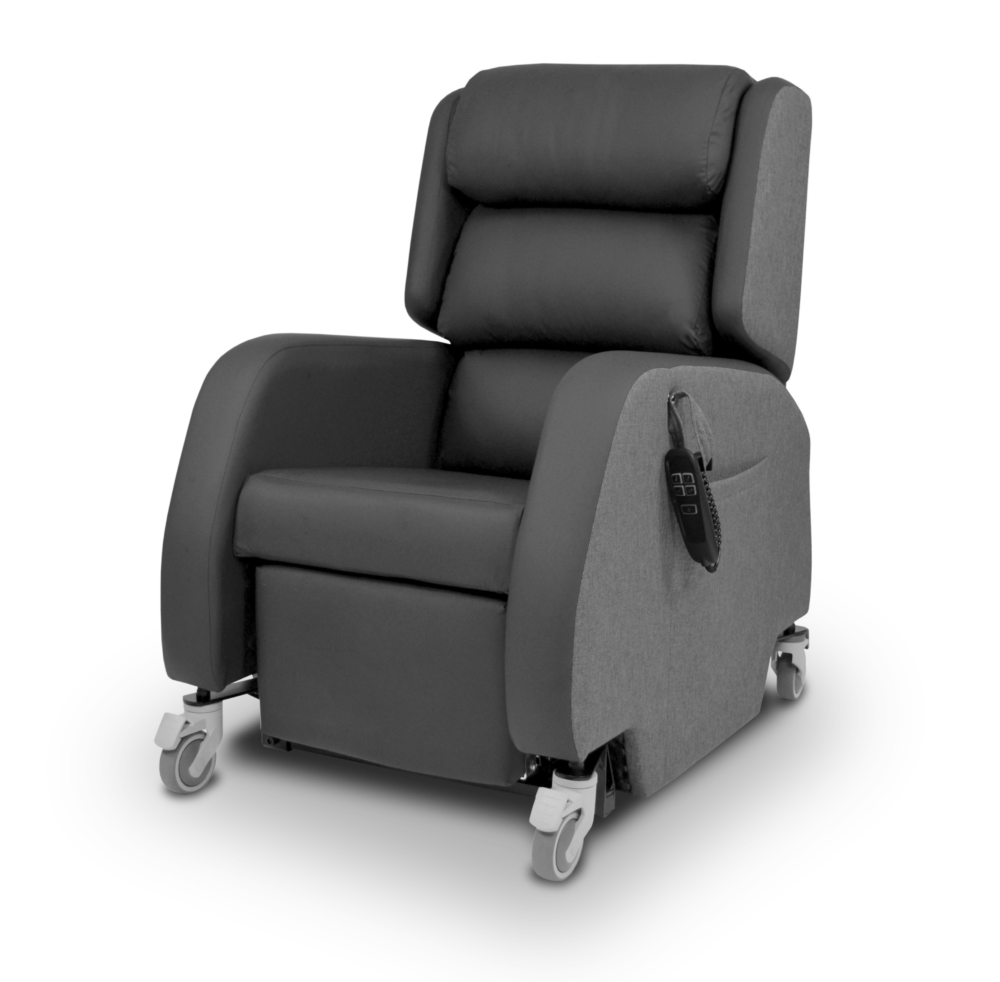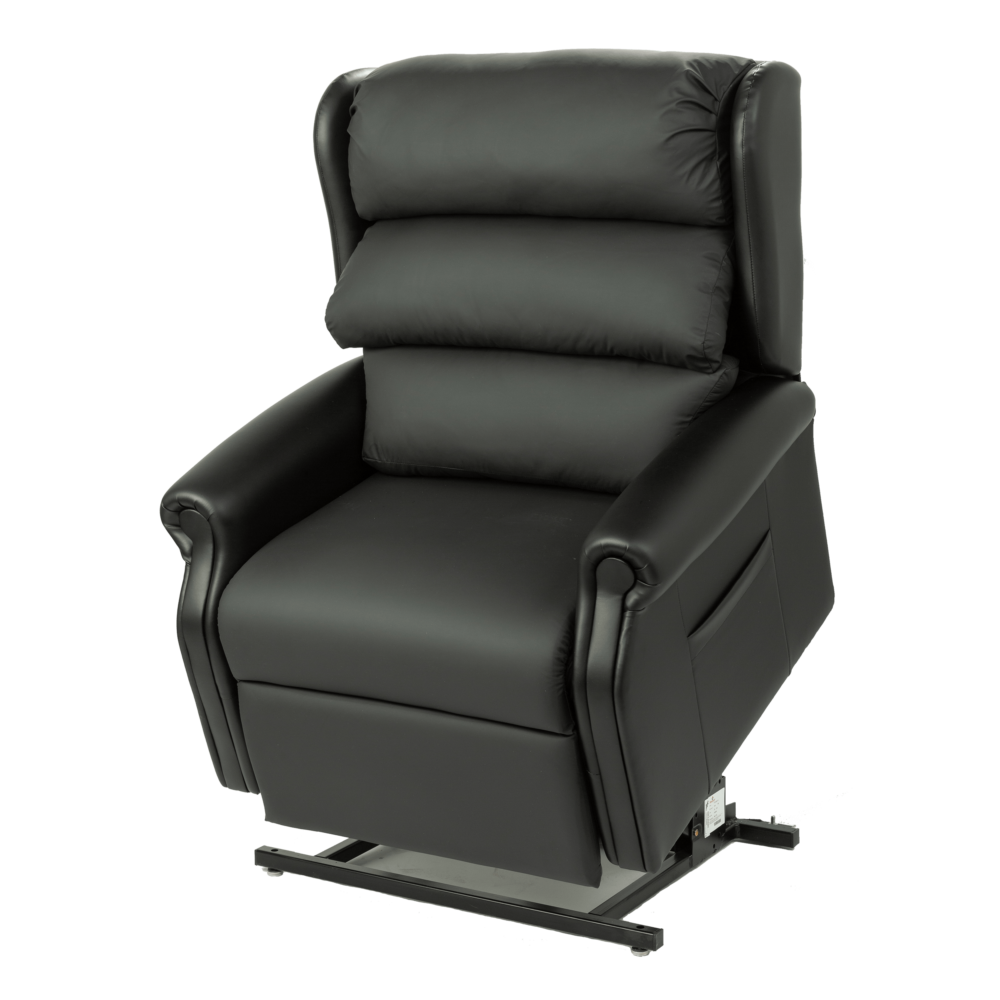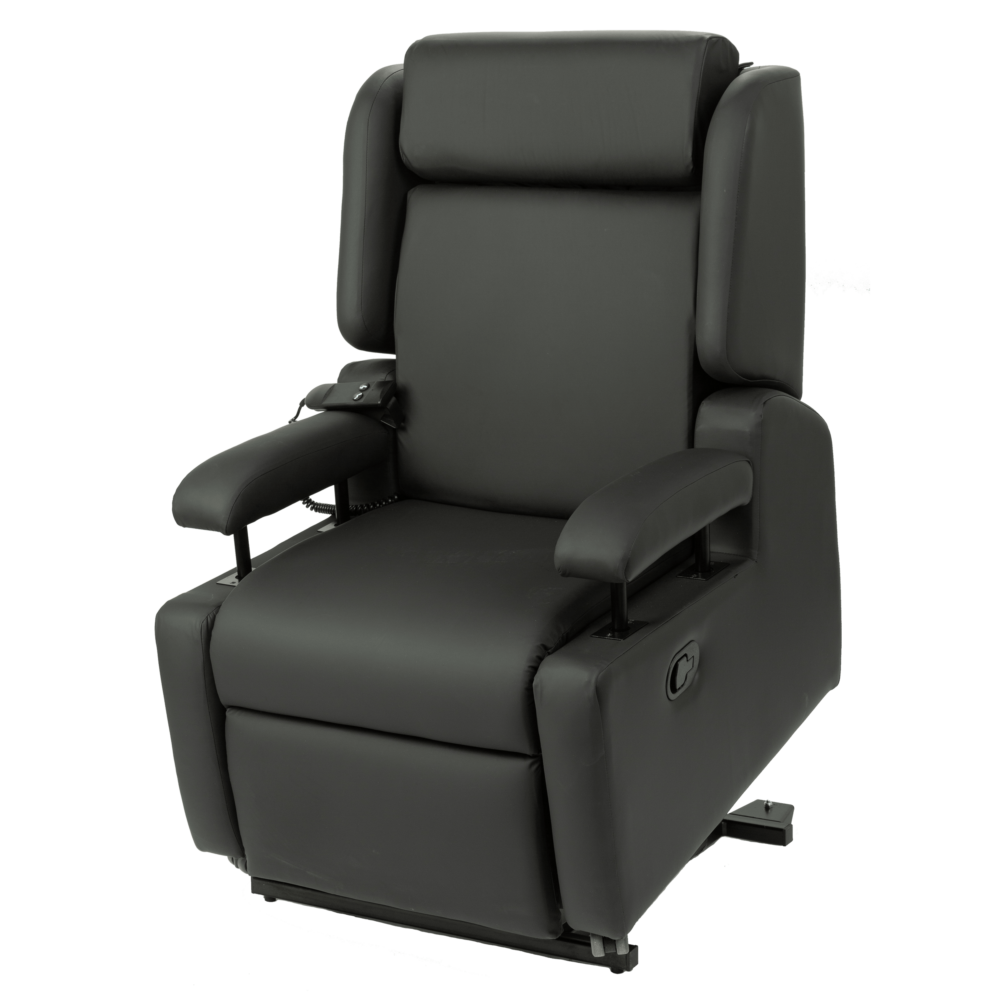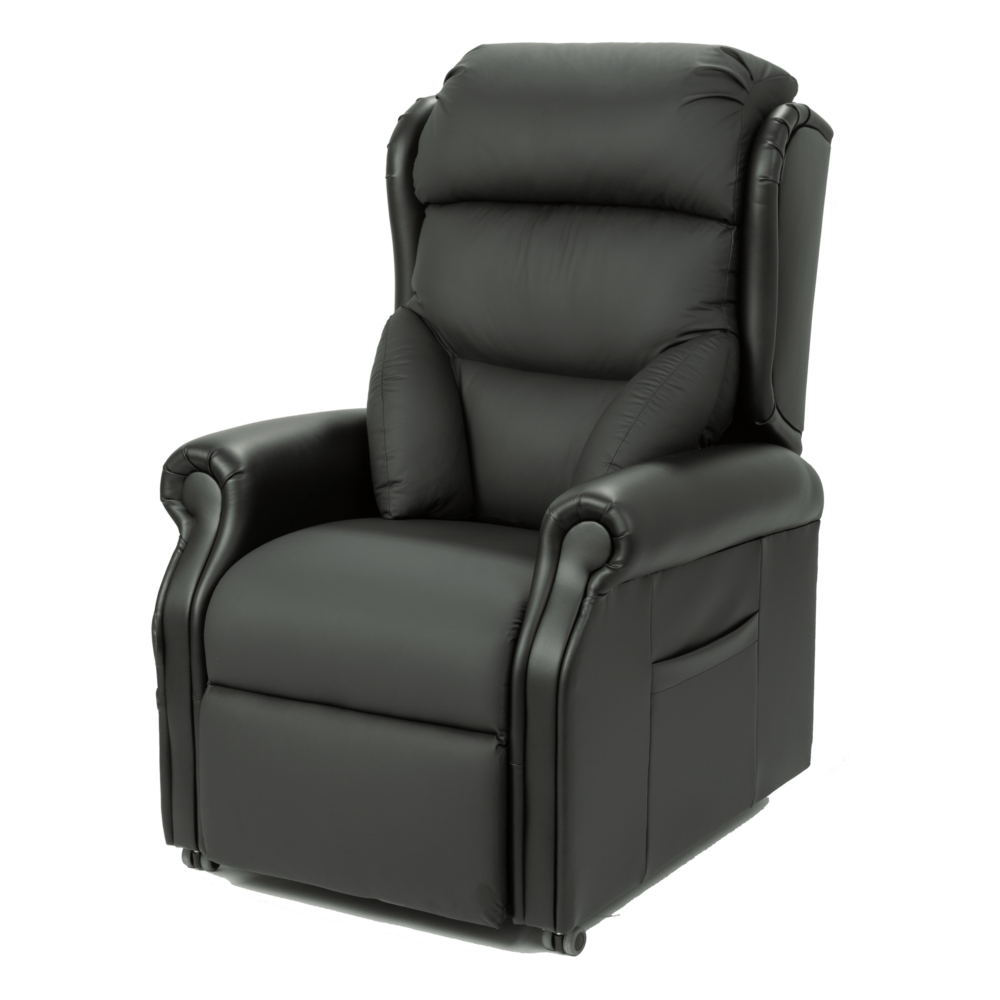What are contractures?
A contracture is a clinical term and is defined as a limitation in passive range of movement at a joint. Contracture development is complex and multi-factorial, and a number of structures can be involved, including the joint capsule, joint ligaments, muscles, tendons and skin.
What can cause contractures?
The inability to move joints through a full range of movement due to weakness is a primary contributor to a contracture. The presence of spasticity also plays a role in the loss of range of movement. Individuals with a diagnosis of any neurological disorder that involves muscle weakness and spasticity, such as stroke, cerebral palsy, traumatic brain injury and Parkinson’s disease, are at risk of developing a contracture1.
Prolonged abnormal postures without a regular change in position can also increase the risk of developing contractures, such as an individual becoming confined to their bed for a long period of time, due to a serious illness, or losing the cognitive awareness needed to know they need to change position, as can be seen in dementia.
What are the effects of a contracture?
Decreased range of movement, as a result of a contracture, can lead to a loss of function2. Function is an essential part of daily life, and when it is affected it can have a significant impact on an individual’s independence, wellbeing and quality of life.
A contracture can also cause postural problems; contractures can make it difficult for an individual to achieve a supported and symmetrical position. Consequently, they may be at an increased risk of pressure injury, pain and fatigue.
Are there any seating solutions that can help?
It is important that any individual identified as being at risk of contractures have their posture assessed throughout the full 24-hours. Specialist seating can not only manage current contractures but can help reduce the risk of, or at least delay, contractures developing, if used as part of a holistic management plan. Seating solutions include:
- Ensuring correct chair set-up and seat dimensions
- Back angle recline to accommodate any hip contractures present
- Ensuring leg rest angle accommodates any knee contractures present; a negative angle leg rest may be indicated
- Split leg rest if knee range of movement differs from left to right
- Soft padded and/or angle adjustable foot rest if foot deformities present
References
Ada L, Canning CG (2009) Common motor impairments and their impact on activity In Lennon S, Stokes M (Ed) Pocketbook of Neurological Physiotherapy London: Churchill Livingstone
Chartered Society of Physiotherapy (2015) Clinical update: guideline on splinting Available from: www.csp.org.uk/frontline/article/clinical-update-guideline-splinting

